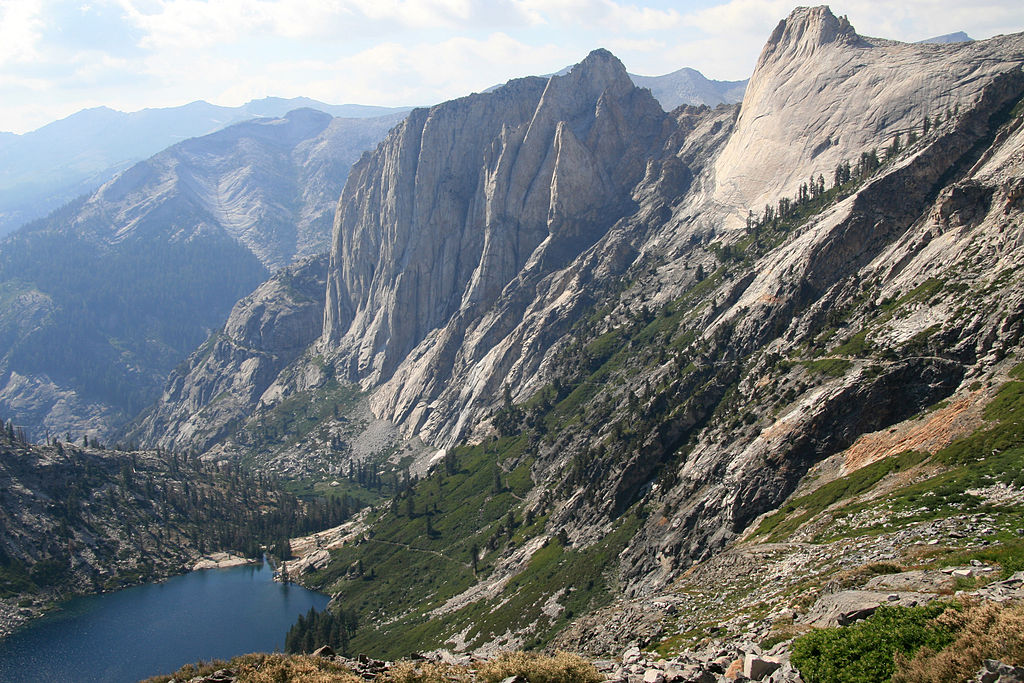Science News
Granite Contributions to the Sierra Nevada
April 10, 2014
by Molly Michelson

Very little may grow in the granite in the Sierra Nevada, but that doesn’t mean the rock isn’t essential to life in the mountain range, according to a study funded by the National Science Foundation (NSF).
The Southern Sierra Nevada is one of ten Critical Zone Observatories (CZO) identified by NSF. Critical zone research looks at how water, life, rock, and air interact from the base of the soil to the top of the vegetation canopy, using satellites and scientists on the ground.
Jesse Hahm and Cliff Riebe, both of the University of Wyoming, set about investigating the Sierra Nevada ecosystem, home to extensive forests and huge exposures of granite bedrock. “We were puzzled by the patchiness of vegetation on mountain slopes,” Hahm says. “Densely forested areas are right next to places with little or no trees and soil. Strikingly, these bare areas sometimes occur side-by-side with groves of the largest trees on Earth, giant sequoias.”
The researchers determined that bedrock composition acts to limit plant growth, allowing the trees, and other vegetation, their success.
“Unexpectedly, we found that differences in bedrock composition are just as important in this ecosystem as climate,” Riebe says. “That’s hard to see without spatial analysis tools and integrated datasets on how vegetation and bedrock change across the landscape.”
Because the soil formed at any given location depends on the composition of the bedrock beneath it, the nutrients available to plants varies by geography. And some of the granitic rock in the Sierra Nevada, as it turns out, contains phosphorus, which is especially essential for plant growth.
“The results are important because they demonstrate that bedrock geochemistry is on par with climate as a regulator of vegetation in the Sierra Nevada—and likely in other granite mountain ranges around the world,” Riebe says. And that could help understand how mountain forests will respond to inevitable changes in temperature and precipitation.
“Most of these studies point to an upward shift in vegetation toward higher, cooler elevations,” he says. “But changes in climate may be only part of the story as forests evolve. Our results suggest that any upward shift in vegetation will occur with the consent of the underlying bedrock.”
The study is published in the Proceedings of the National Academy of Sciences.
Image: Jane Shelby Richardson, Duke University/Wikipedia